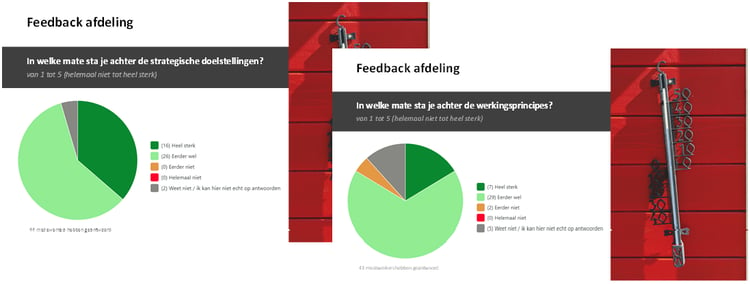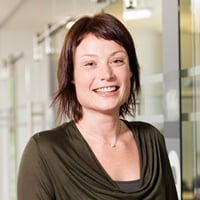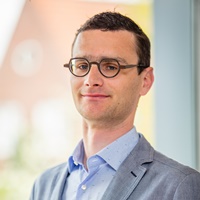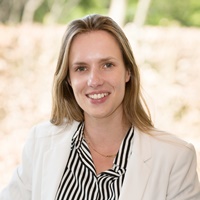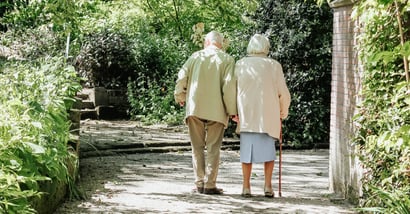Approach
In the vision-forming process, the Prevention department aimed for broad support for the outcomes:
- In the first place, the employees of the department had to be involved as much as possible in the development of the vision and strategy (and subsequently a suitable structure and functioning of the department to realise this), via a participatory process – co-creation level – with thorough reflection on all necessary elements;
- In addition, when drafting the vision, the input and expectations of the most important (external) stakeholders had to be taken into account where possible.
We proposed the following approach:

We started with a brief document analysis. We also conducted interviews with / questioned various stakeholder groups, both internal employees and other/external involved parties and stakeholders such as the Environment Department, the Education Department, the Association of Flemish Cities and Municipalities, but also health insurance funds and university experts, to map expectations and also to examine how best to cooperate with other policy areas. This is extremely important in the context of the pursuit of 'Health in All Policies'.
Throughout the entire process, we also organised many workshops with the employees, both workshops per team and cross-team workshops with a delegation from the various teams, as well as a world café with all employees. Also, after establishing the vision and strategic objectives, an event was organised to bring the strategy to life throughout the department. Among other things, employees were introduced to how to tell a story and invited to think about success stories that support the strategic objectives and then share them with all colleagues.
To inform and involve all employees of the department during the entire process, we used the interaction and communication platform Howspace where documents were shared, chats were organised to ask for feedback, polls were held to prioritise and measure support , etc.
Videos were also shared, which were recorded especially in the context of this process:
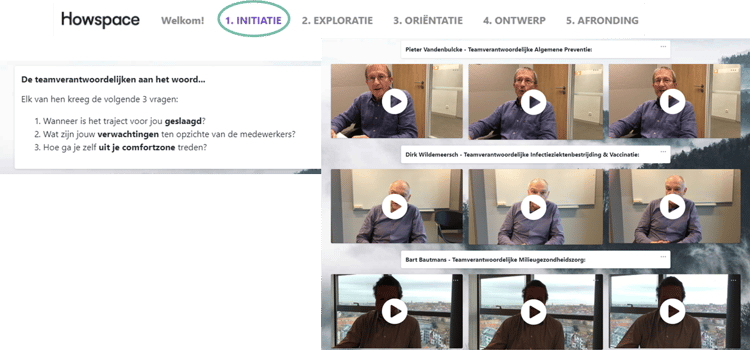
During the process, we made use of film material, images, music, etc. wherever possible to ensure sufficient attractiveness and to let the material come to life. We also provided various inspiration moments during the process (in this way, knowledge was also transferred to the employees), for example:
Results
In addition to a vision and strategic objectives, the process also provided an overview of the strategic partners and a clear evaluation / direction regarding the collaboration now and in the future.
Furthermore, in close consultation with the employees of the department, work was done on the foundations of a new structure and operating principles for the department, so that the department can gradually become more 'fluid' and can make more use of (principles of) self-management in order to be able to respond in a flexible way to the multitude of complex themes and changes in the context in which it operates. Together we drew up a new structure and defined some important operating principles for the department.
The process produced a vision for the department, strategic objectives and operating principles that are widely supported in the department. This was shown by the results of a survey we organised on the Howspace platform to determine the extent to which the employees support the formulated vision and objectives and the formulated operating principles:
